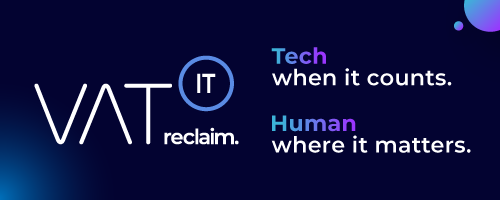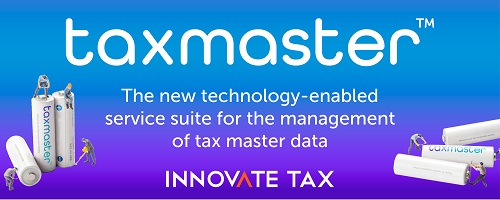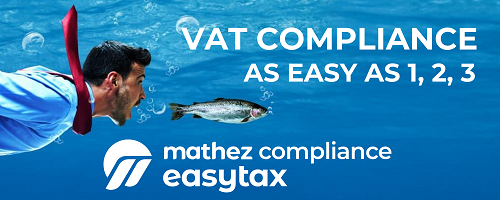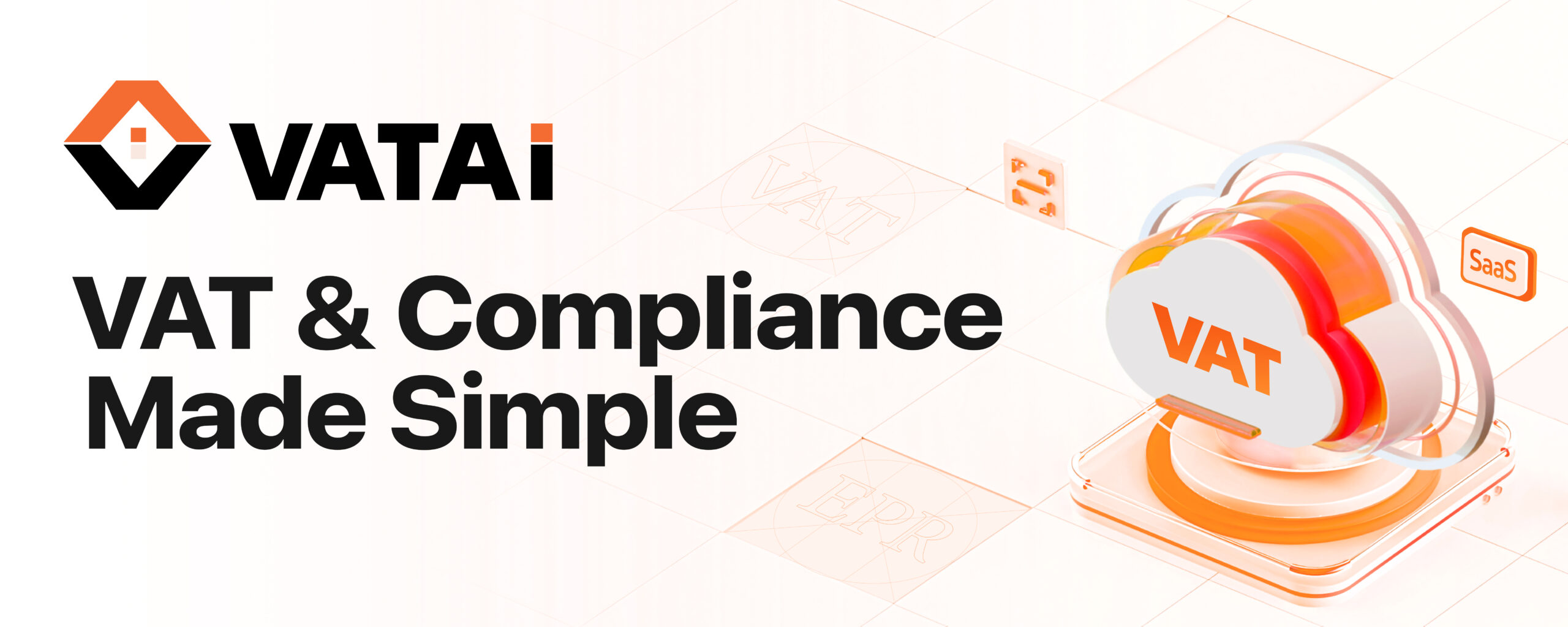- Complex Integration Requirements: Integrating e-invoicing systems into existing ERP, POS, and accounting systems is complex, especially with varying standards and formats across countries.
- Diverse National Laws and Standards: Retailers must navigate a web of evolving e-invoicing regulations, which differ significantly from country to country, requiring continuous monitoring and adaptation.
- Impact on Business Processes: The shift to e-invoicing necessitates changes in business workflows and employee training, affecting supply chain management, procurement, and sales processes.
- Unique In-Store Challenges: Ensuring compliance with e-invoicing regulations for in-store B2B transactions is challenging, with requirements for real-time data transmission to tax authorities.
- Hidden Costs of Implementation: The costs of technology integration, system updates, and staff training can be significant, with risks of financial penalties and operational disruptions if not managed correctly.
Source Darko Pavic
- Join the Linkedin Group on VAT/GST and E-Commerce HERE















